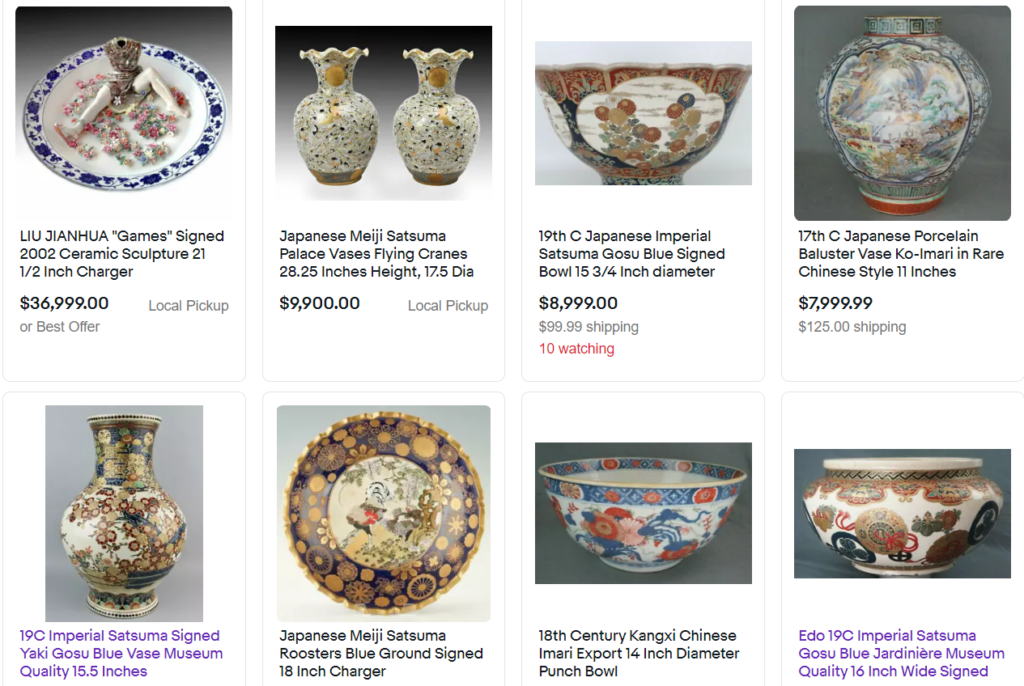
Asian art collecting has become increasingly popular in recent years, with many collectors and art enthusiasts recognizing the value and beauty of these pieces. From traditional paintings and sculptures to contemporary works, Asian art offers a rich and diverse cultural heritage that has captivated collectors around the world.
The Appeal of Asian Art Collecting
Asian art has a unique appeal that stems from its cultural and historical significance. Many of these works were created during periods of great artistic and intellectual achievement, such as China’s Tang dynasty or Japan’s Edo period. These pieces offer a glimpse into the cultural and social context in which they were created, reflecting the aesthetics, beliefs, and values of their time.
Beyond their historical significance, Asian artworks are also admired for their beauty and craftsmanship. From the intricate details of Chinese calligraphy to the delicate brushstrokes of Japanese prints, these pieces exhibit a mastery of technique and a deep appreciation for beauty and form.
Types of Asian Art
Asian art encompasses a wide range of styles and mediums, reflecting the diverse cultural heritage of the continent. Some of the most popular types of Asian art include:
Chinese calligraphy and ink paintings: These works are known for their beauty and simplicity, featuring minimalist designs and delicate brushstrokes.
Japanese ukiyo-e prints: These prints, which were popular during the Edo period, depict scenes from everyday life, as well as traditional stories and myths.
Indian miniature paintings: These paintings, which originated in the Mughal period, feature intricate details and bright colors, depicting scenes from Hindu mythology and courtly life.
Korean ceramics: Korean pottery is known for its elegant designs and subtle beauty, with pieces ranging from simple bowls to ornate vases.
Southeast Asian textiles: The textiles of Southeast Asia, including batik and ikat, are known for their intricate patterns and vibrant colors.
Collecting Asian Art
Collecting Asian art requires a deep appreciation for the cultural and historical significance of these works, as well as an understanding of their value and authenticity. Some tips for collecting Asian art include:
Researching the artist and the artwork: Before making a purchase, it is important to research the artist and the artwork to ensure that it is authentic and of high quality. This may involve consulting with experts, attending auctions or exhibitions, or reading books and articles on the subject.
Building a collection: Collectors may choose to focus on a particular style, medium, or period of Asian art, or to build a more diverse collection. It is important to consider factors such as budget, storage, and display when building a collection.
Authenticating and preserving the artwork: Asian art can be vulnerable to damage and deterioration, and it is important to take steps to preserve and protect these works. This may include having the artwork authenticated, investing in proper storage and display materials, and ensuring that the artwork is properly insured.
Networking with other collectors and experts: Collecting Asian art can be a social activity, with many collectors and experts sharing their knowledge and expertise with one another. Joining art clubs or attending exhibitions and auctions can provide opportunities to meet other collectors and learn from experts in the field.
Investing in Asian Art
Asian art collecting can be a sound investment, with many works appreciating in value over time. However, it is important to approach collecting as a long-term investment and to consider factors such as the rarity, provenance, and condition of the artwork.
Chinese Ceramics Dealers In the United States
Some factors to consider when investing in Asian art include:
Rarity: Works that are rare or unique may appreciate in value more quickly than more common pieces. This may include works by renowned artists or pieces from a particular period or style.
Provenance: The history and provenance of the artwork can also impact its value. Pieces with a documented history of ownership or exhibition may be more valuable.




